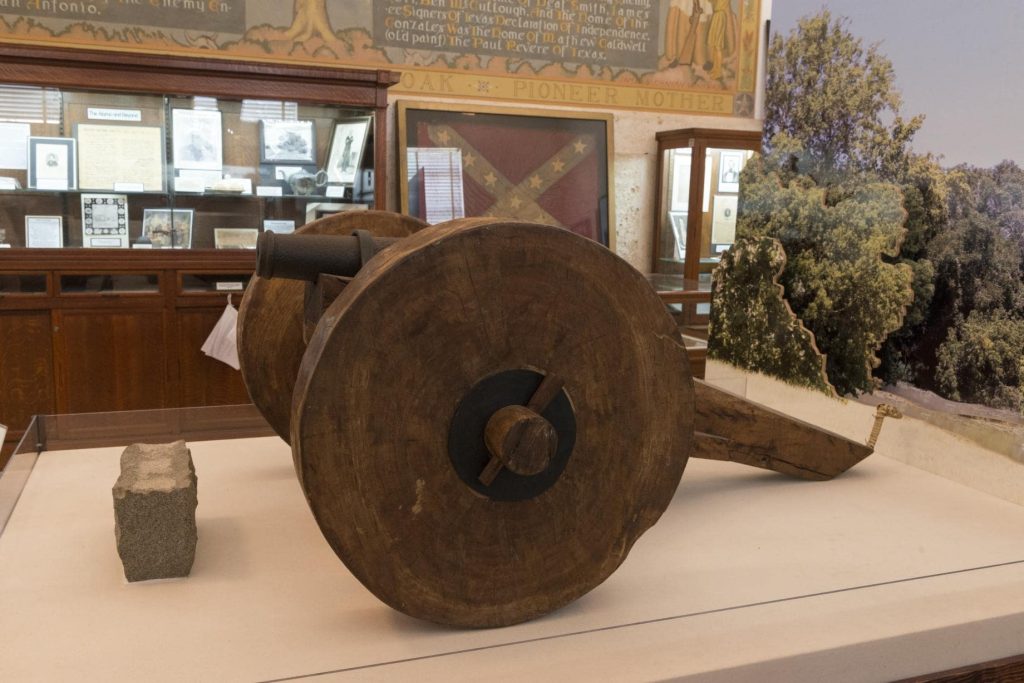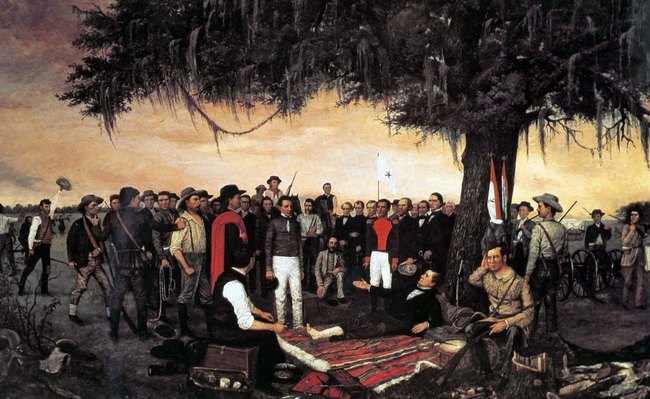
The Republic of the Rio Grande was a short-lived independent state located in northern Mexico, encompassing parts of present-day Texas, Tamaulipas, Nuevo Leon, and Coahuila. The republic existed for only a brief period of time from January to November 1840, but it holds an important place in the history of both Mexico and Texas. This article will delve into the origins, key figures, and significance of union.
Origins of the Republic of the Rio Grande
The Republic of the Rio Grande was born out of a desire for greater autonomy and representation in the Mexican government. In the early 19th century, the area that is now northern Mexico was sparsely populated and considered a remote frontier by the Mexican government in Mexico City. This led to a lack of investment in infrastructure and other resources, which left the region feeling neglected and underserved.
Additionally, there were cultural and economic differences between northern Mexico and the rest of the country. Many residents of northern Mexico were of European descent and had strong ties to the United States due to their proximity to the border. They felt that their interests were not being adequately represented in the Mexican government, which was dominated by elites from central and southern Mexico.
In 1838, tensions between the Mexican government and northern states reached a boiling point when President Anastasio Bustamante issued a decree that would have effectively eliminated state governments and centralized power in Mexico City. This move was met with widespread opposition, and several northern states declared their independence from Mexico. These states banded together to form the Republic of the Rio Grande, with its capital in the city of Laredo.
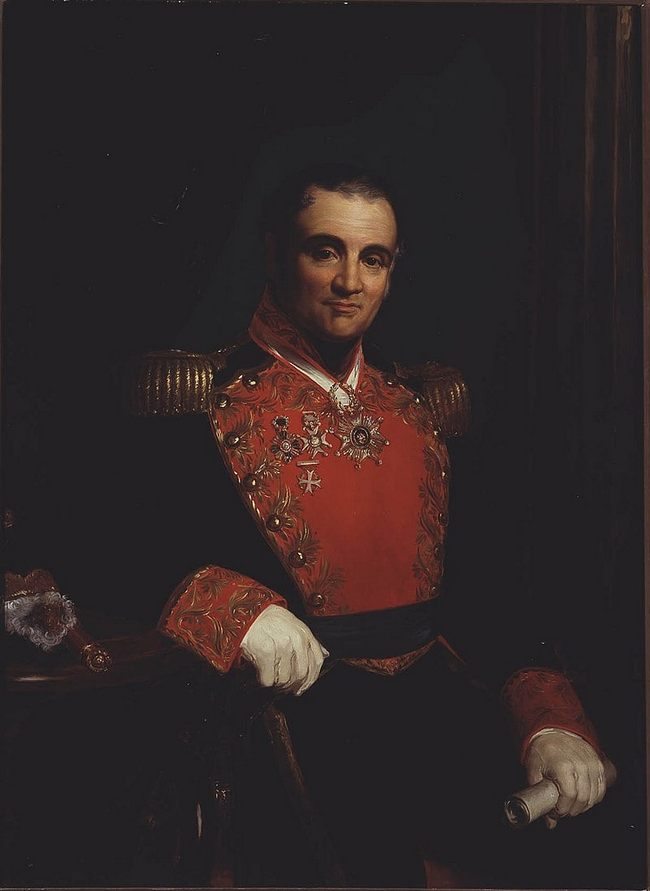
Source: en.wikipedia.org
Key Figures
The leaders of the Republic of the Rio Grande were a mix of prominent local politicians and military commanders. The president of the republic was Antonio Canales, a wealthy landowner and former member of the Mexican Congress. Canales was a skilled negotiator and a strong advocate for the autonomy of northern Mexico.
Another key figure in the Republic of the Rio Grande was Juan Nepomuceno Molano, a military commander who had previously fought for Mexico in the Texas Revolution. Molano was tasked with leading the republic’s army, which was made up of both Mexican regulars and local militia.
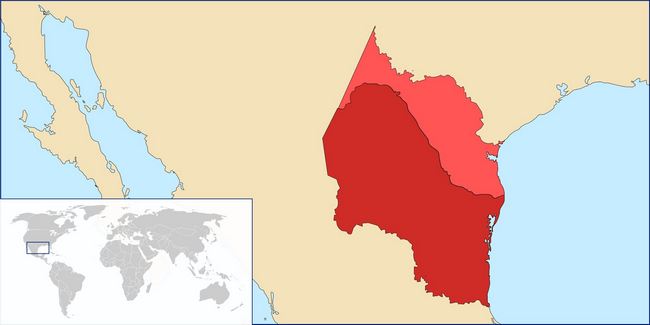
Source: en.wikipedia.org
Historical Significance
The Republic of the Rio Grande was short-lived, lasting only ten months before it was absorbed back into Mexico. However, its legacy has endured and it is remembered as an important moment in the history of northern Mexico.
One of the most significant achievements of the republic was the drafting of a constitution that outlined its government structure and enumerated the rights of its citizens. This constitution was based on the principles of the Mexican Constitution of 1824 and included provisions for popular representation and limited government power. Although the republic’s constitution was never fully implemented, it served as an inspiration for later movements for autonomy and democracy in Mexico.
The Republic of the Rio Grande also played a role in the ongoing struggle between Mexico and Texas for control of the border region. Many residents of northern Mexico saw the republic as a way to establish a government that was more responsive to their needs and interests than either Mexico City or Austin. However, the Texas government viewed the republic as a threat to its own sovereignty and actively worked to undermine it.
In the end, the Republic of the Rio Grande was unable to establish itself as a viable independent state. It faced opposition from both the Mexican government and the Texas Republic, and its military forces were ultimately defeated by Mexican troops in November 1840. However, the republic’s legacy lived on and it is remembered as a symbol of resistance against central authority and a champion of democracy and autonomy.
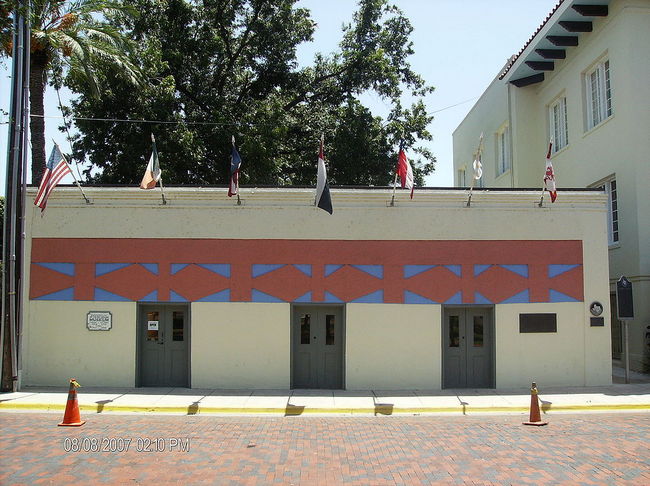
Source: en.wikipedia.org
Conclusion
The Republic of the Rio Grande was a short-lived experiment in independence that ultimately failed to achieve its goals, but it remains an important moment in the history of both Mexico and Texas. The republic was founded on a desire of Mexican Texans for greater autonomy and representation, and its leaders drafted a constitution that enshrined these principles. Although the republic’s independence was short-lived, its legacy has endured and it is remembered as a symbol of resistance against central authority and a champion of democracy and autonomy.
The Republic of the Rio Grande serves as a reminder of the complex history and cultural diversity of northern Mexico. Its founding was the result of a unique set of circumstances and reflected the aspirations and desires of the region’s residents. Although the republic ultimately failed, it served as an inspiration for later movements for autonomy and democracy in Mexico.
Today, the memory of the Republic of the Rio Grande lives on through various cultural institutions and organizations in northern Mexico and Texas. Its legacy serves as a reminder of the importance of self-determination and the ongoing struggle for representation and autonomy. As such, it will continue to be an important part of the history and identity of the border region for generations to come.
